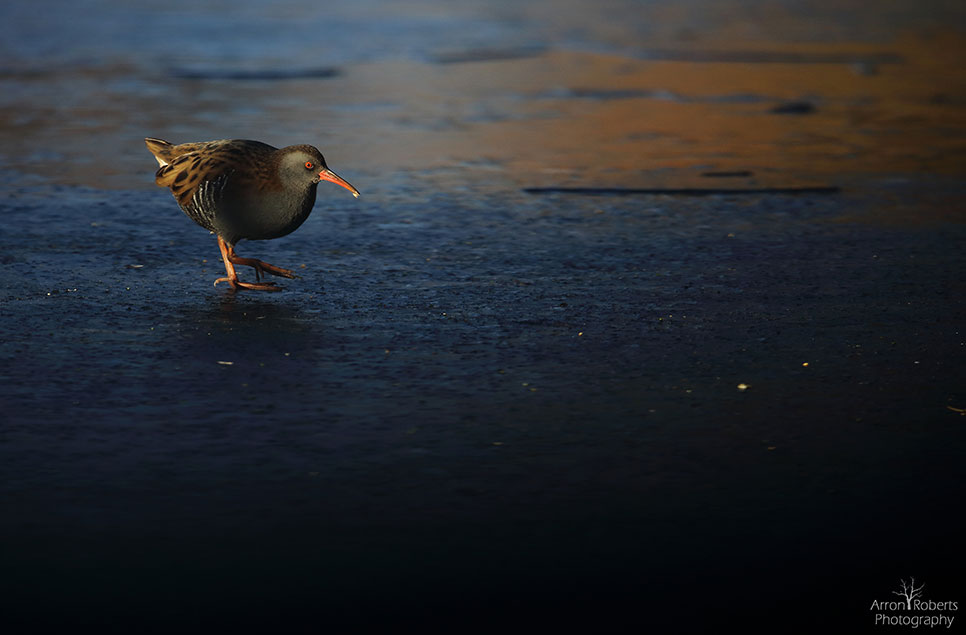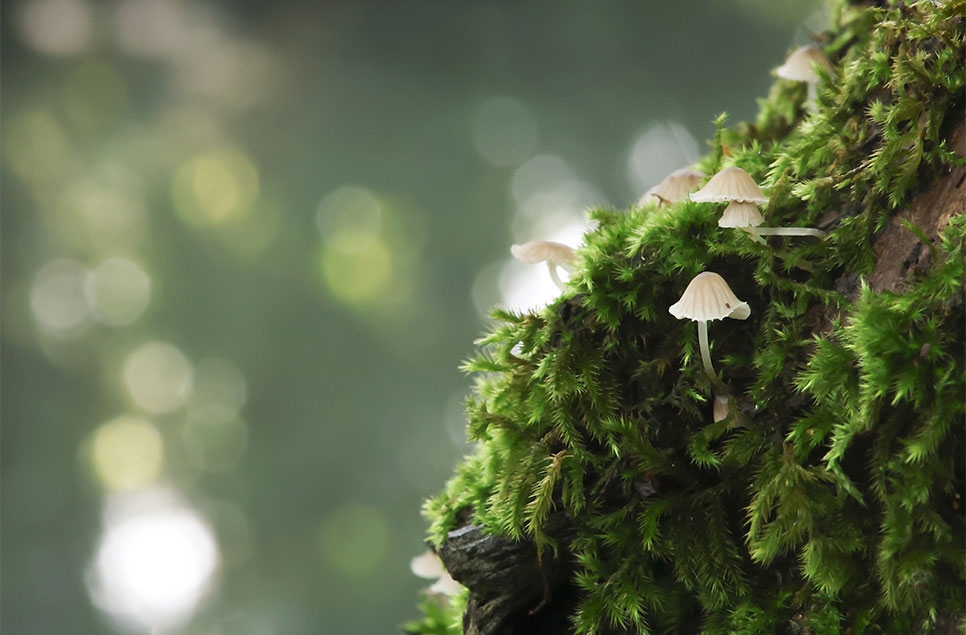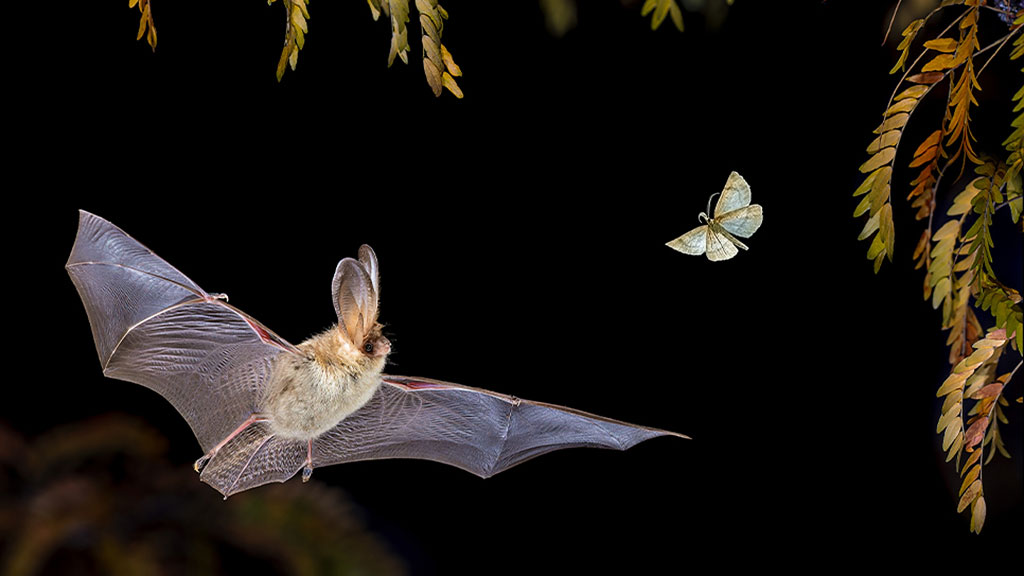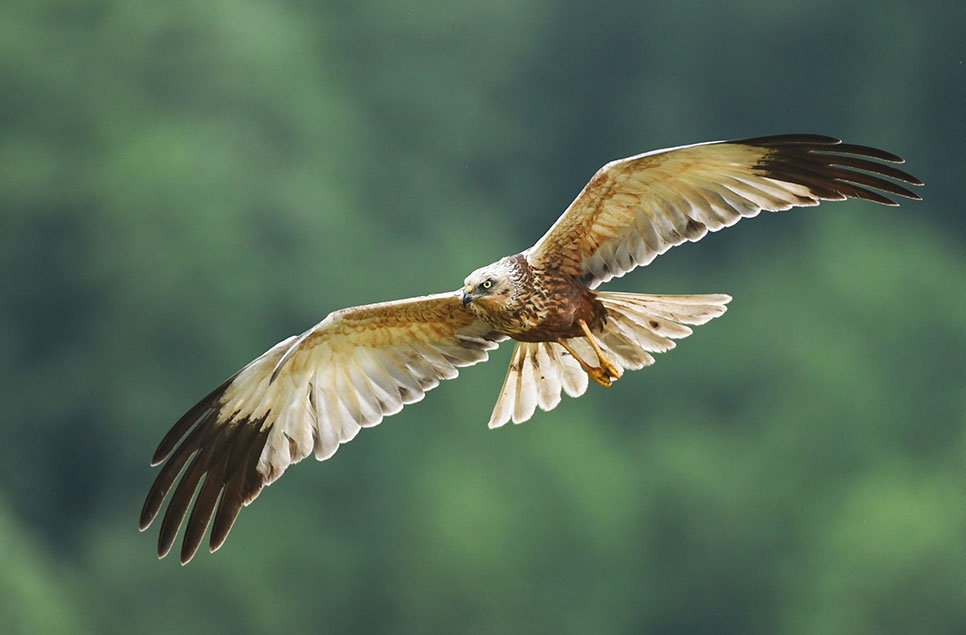Winter photography tips: taking pictures when things get icy
Advice from a wildlife photographer on how to make the most of the scarce but great quality winter light, what wildlife are about, and photography techniques that enhance a winter scene.

Winter can be cold, wet and uninspiring. But go to the right places and time your visit with some magical winter weather and you can be rewarded with images that capture the best of this season.
Wetlands are a fantastic place during winter, providing many different photographic opportunities. Here are a few ideas to get you out and about with your camera on frosty days.
Frost and ice
Cold temperatures can bring a different aspect to a wetland. Ponds freeze over and the surrounding vegetation is coated in a magical white layer providing a range of subjects to photograph. How about looking closer and selecting a macro lens to find detail and beauty of the frost and ice. Look for leaves or frozen water that have interesting patterns or birds feathers fringed with frost.

Winter sunlight
The sun at this time of year is low in the sky and you don’t have to get up too early to catch the golden hours of sunlight. The golden hour is usually an hour after sunrise and before sunset. The light at these periods is softer and casts a warmth onto a cold winter’s day. Being at the start and end of the day, this coincides with birds leaving or arriving at roosting sites. Find out where the wild bird feeds take place and visit during the golden hours to take advantage of the birds coming and going.

Backlighting is a great technique to have a go at. Try shooting the subject with the sun positioned behind it. This can create a rim lighting effect, highlighting the area around the edges, making your chosen subject stand out. This can be great for finding the detail in leaves or emphasising feathers on birds. Underexposing and shooting into the sun will create a silhouette, defining the shape of the subject.

Wild birds
There are three species of swan that winter here in the UK. Most mute swans are resident and present all year round whereas whooper and Bewick’s swans arrive during the autumn after breeding. Mute swans are easy to identify having an orange bill, whereas whooper and Bewick’s are both yellow.
The whooper population make their way south from Iceland and spend the winter at three of our reserves: WWT Martin Mere, Caerlaverock and Welney. Martin Mere hosts the largest population with upwards of 2000 individuals each year. Bewick’s are the smallest species, migrating west from their breeding grounds in the Siberian tundra. WWT Slimbridge and WWT Welney are the traditional wintering grounds of this iconic species.
Don’t dismiss the more common species such as the mallard. Males at this time of the year are in fine condition displaying an iridescent green head, shimmering as the light catches their fantastic plumage.

There are other more secretive species that come into their own at this time of the year. The elusive water rail (as shown in the main image) can be seen coming out of hiding in search of food when it gets cold, skulking along the margins. Hides with feeders can be very productive as this naturally attracts a large variety of shy species out when food is scarce.
Bitterns are another difficult yet popular to try and see species, standing motionless, camouflaged in the reed bed. Scan the verges and paths through the vegetation for the best chance to see these birds as they move from one area to another.
Black headed gulls are also common around the grounds. These mischievous characters are often lining fences ready to pounce upon any spilt grain from visitors. Look to capture behaviours as they argue amongst themselves for the best vantage point.

Flocks of birds
Wetlands are packed with waders and wildfowl during the winter with thousands taking to the skies. Birds will take to the air going to and from roosting sites, so very often morning and evenings are best times to find birds coming together. During the day waders are often flushed off of scrapes as a bird of prey flies through. Look out for lapwings and golden plover as they climb higher and higher to avoid being targeted from the peregrine above.
Starlings also gather in great numbers with thousands of individuals flocking together to roost in safety. Follow small flocks during late afternoon as they head to their favoured roost site. They can be witnessed performing a spectacular murmuration before funnelling down into a reedbed to spend the night.
What would you like to know about photography? Get in touch at waterlife@wwt.org.uk and it may appear in future photography articles. Or tag us @wwtworldwide #wwt on social media, we’d love to see what you’ve captured.
Hopefully you're now inspired to get out there and start getting creative this winter.
About Arron Roberts
Arron is a wildlife photographer with extensive experience of taking photographs of our wonderful wetland wildlife, especially our birds. You can find him on Instagram.



